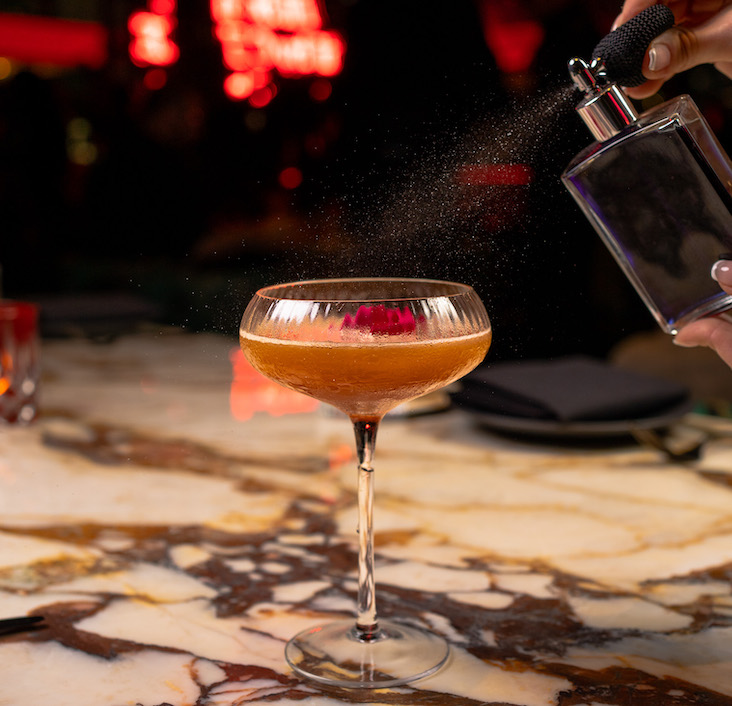It’s well known that Americans have a collective sweet tooth, although you’d never guess it by examining restaurant dessert wine sales. This misunderstood category represents a real opportunity to build check averages and boost profits that operators often shy away from, as they often fear these wines will rapidly deteriorate once opened.
Oxygen compromises wine’s fruit flavors and balance. Sugar-rich wines, those that have been aged in oak barrels (and have therefore already absorbed some oxygen during maturation) and wines with a high alcohol content are far more resistant to oxidation.
Fortified wines have extra alcohol added during, or in some cases after, fermentation. They range from 15.5 percent to 20 percent alcohol by volume and are ideal candidates for serving at your bar. A wine will remain fresh longer if it: contains a high alcohol level, is rich in sugar and has aged in cask prior to bottling.
Most sweet Madeiras (which are exposed to a heating process during aging) are almost immortal. The ones to look for are those designated Bual and Malmsey. Ports, especially Tawny colored Ports labeled Ten to Forty Year Old, are also generally able to withstand oxidation for over a month. Most other Ports (with the exception of Vintage Port) may be served with confidence for an average of two to three weeks. Although slightly lower in alcohol, sweet Sherries (sweetened Olorosos, cream Sherries, Pedro Ximenez) have a similarly long shelf life; while drier Sherries (Finos, Manzanillas, dry Amontillados) need to be consumed shortly after opening.
Non-fortified dessert wines are also relatively resistant to deterioration. Sauternes, late-harvested German Rieslings and other nectars that are affected by “noble rot,” are usually good for 10 days to two weeks. These wines are served cold, so in addition to the sugar concentration, refrigeration also helps retard some of the corrosive effects of oxygen.
Many dessert wines, fortified or not, come in 375-ml. bottles, which is an ideal starter size for operators as with less volume in each bottle the chances of spoilage are reduced. As with any of the wines you are serving at the bar, it’s imperative to cap the bottle back up as soon as you pour rather than leaving it open to absorb more oxygen. Make sure you also mark the date that the bottles have been opened; if it extends beyond the recommended shelf life period, taste the wine and discard it if you detect any oxidation. ·
Step by Step
1. Dessert wines can withstand oxidation much more effectively than others and are therefore great candidates to serve after dinner with dessert or as dessert.
2. For all wines, remember to cap them tightly as soon as you’re finished pouring to reduce oxidation.
3. Fortified wines enjoy a particularly long shelf life; Madeiras up to a year, Tawny Ports one month and other Ports (including LBV but not Vintage) 10 to 14 days.
4. When possible, store dessert wines at reduced temperatures overnight and remember to remove them from refrigeration during set up, prior to service.
5. Use 375-ml., half bottles where possible to help minimize potential spoilage.




